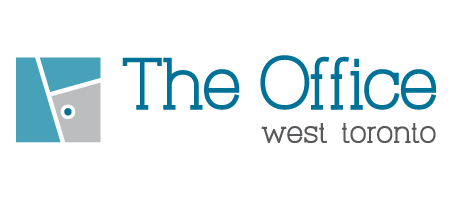The Office Community
How Coworking Spaces Will Support the Future Flexible Work Model

The global pandemic has already changed the way we work and live, especially among tech companies. While office culture formerly relied upon building blocks such as in-person group meetings and team-building activities, the expectations for what an “office culture” encompasses have been reinvented.
Recently, various groups have carried out comprehensive studies of the work-from-home (WFH) experiment that was set in motion by COVID-19. The internet, in fact, appears to be flooded with remote work statistics, now that business owners in virtually every industry are rethinking their flexibility policies.
Real estate company Zillow Group, for example, decided to continue embracing WFH long term—with CEO Rich Barton saying the experience during COVID-19 turned his views “upside down.” Now, Barton believes that the experiment will have a lasting influence on the future of work.
“We’ve been forced to make ‘Work From Home’ work … which means we know we can make it work in the future,” Barton tweeted.
In July, Germany’s Siemens announced they would let employees work from anywhere for two or three days each week. The industrial software company said in a statement, “These changes will also be associated with a different leadership style, one that focuses on outcomes rather than on time spent at the office.”
It is safe to predict that other companies will follow Zillow and SIemens’ lead. President of Global Workplace Analytics, Kate Lister, said the COVID-19 pandemic will be a “tipping point” for a tsunami of new WFH programs. Lister expects between 25 and 30 million Americans to regularly work from home in the next two years–an increase from the five million that currently do so part-time or more now.
Companies may adopt a policy that incorporates several WFH days alongside required hours spent in an office or coworking space, for example. Or, they could sign a contract for a flexible workspace in town, where employees can choose to work some days if they need a change of scenery or pace.
The value of global coworking passes
Already, enterprises are seeing the value in providing coworking memberships for employees. These memberships, which are based on a pass model, grant employees access to a large number of coworking spaces in a particular city, area or even in locations around the world.
Coworker’s Global Pass is one option for a flexible coworking pass that includes thousands of spaces in over 600 cities. For enterprises with teams in multiple countries, this option streamlines the process of finding available workspace on a flexible basis, giving employees in Paris the same opportunity to WFH or utilize a coworking space as the team located in Copenhagen.
As employees worldwide change their expectations, it can be assumed that companies will continue to allow working from home in some capacity. With so many business owners looking to downsize and decentralize their operations, the WFH movement is indeed here to stay.

 It’s not only the fact that you are looking at a screen for half day, but that certainly isn’t helping. Two major challenges are destroying our ability to focus.
It’s not only the fact that you are looking at a screen for half day, but that certainly isn’t helping. Two major challenges are destroying our ability to focus.







You must be logged in to post a comment.